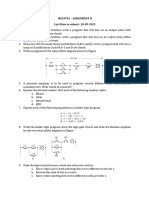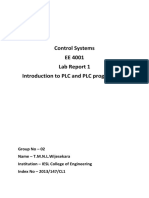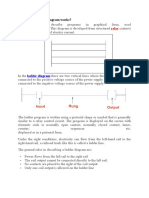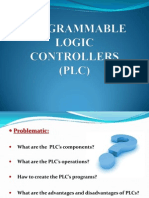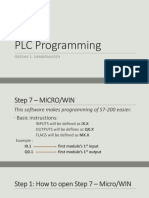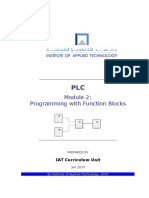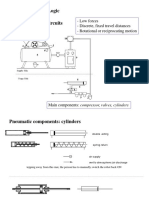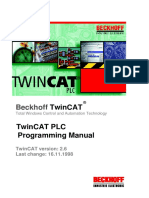0% found this document useful (0 votes)
656 views26 pagesPLC Interview Qna
Uploaded by
namhada2002Copyright
© © All Rights Reserved
We take content rights seriously. If you suspect this is your content, claim it here.
Available Formats
Download as DOCX, PDF, TXT or read online on Scribd
0% found this document useful (0 votes)
656 views26 pagesPLC Interview Qna
Uploaded by
namhada2002Copyright
© © All Rights Reserved
We take content rights seriously. If you suspect this is your content, claim it here.
Available Formats
Download as DOCX, PDF, TXT or read online on Scribd
/ 26







